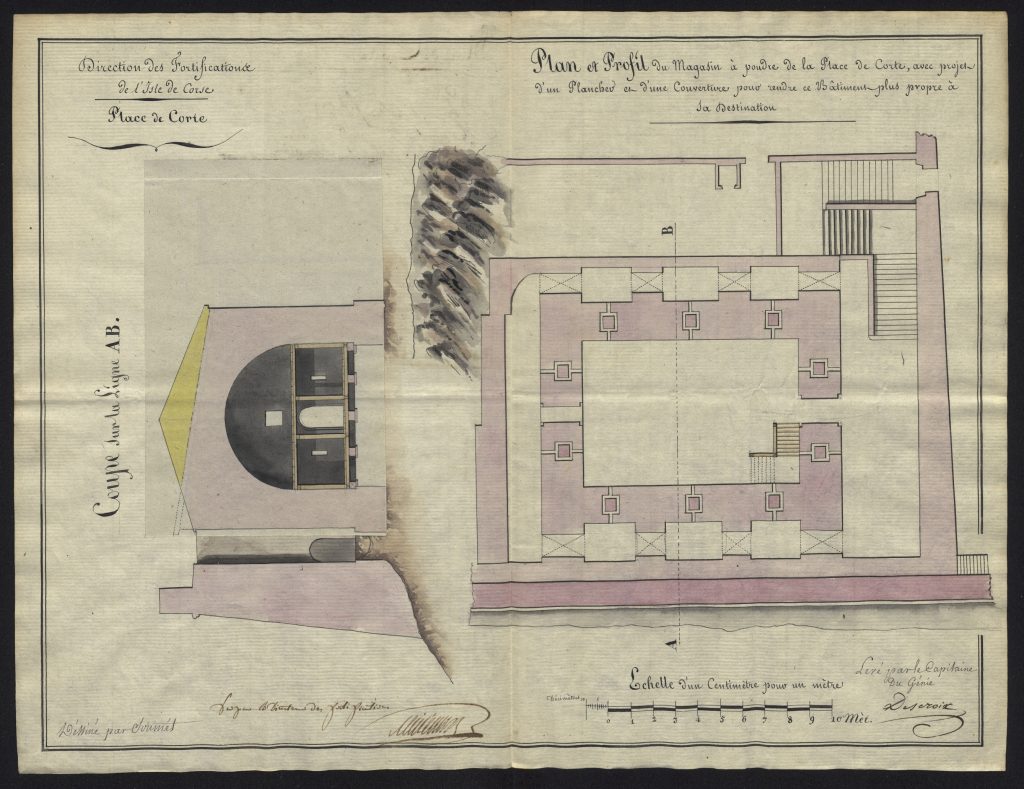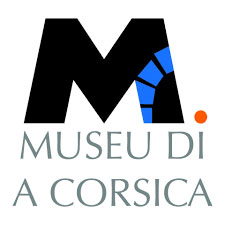The powder magazine
In military constructions, the gunpowder magazine is an essential element of the strongholds. "The most important thing for artillery is to have gunpowder always equal to itself" said General Peixans at the beginning of the 19th century. Indeed, black powder (a mixture of saltpetre, sulphur and charcoal) is very sensitive to humidity, which affects the range and accuracy of shots. It is also very sensitive to sparks, as shown by the many accidents that have occurred throughout the history of disasters. En effet, la poudre noire (un mélange de salpêtre, de soufre et de charbon de bois) est très sensible à l’humidité, ce qui influe sur la portée et la justesse des tirs. Elle est aussi très sensible aux étincelles comme le montrent les nombreux accidents qui ont parsemé l’histoire des catastrophes.
The powder magazine
Built between 1780 and 1784, it conforms to a standard plan found in many continental strongholds. The constant fear of accident or attack imposes this unchanging store plan, designed so that the blast of the explosion rises vertically, to limit mass death; the walls are therefore very thick and buttressed, bearing a vault insulated by a thick layer of earth, protecting it from the impact of cannonballs.
Located behind the curtain wall linking bastions 4 and 8 (the least exposed to attack) and protected by the castle, it is undetectable from the surrounding heights. It replaces the stores installed in the Eagle’s Nest (dungeon and dungeon of the Volpe) which had humidity problems and were too exposed to enemy fire.

It could hold 21 tons of powder. However, for the needs of the garrison, only 200 barrels of 50 kg gunpowder and 176 boxes of cartridges were stored there.
The floor is made of two levels of wooden gratings to protect the powder barrels from the humidity of the ground. To prevent an incendiary projectile from being introduced through the ten barbacanes (baffle vents), the magazine was surrounded by a wall and sewage galleries isolating it from the rest of the citadel. In the middle of the 18th century, the English introduced kamikaze rats through the barbicans with a firecracker hanging from their tails, which led to the obligation to install bronze plates that only let air through.
Iron objects were prohibited in the powder magazines: nails, hinges and locks were made of bronze to avoid sparks and men were only allowed to enter in wooden clogs. Moreover, it was forbidden to wheel or graze the barrels, which had to be transported in canvas stretchers.
The 50 kg barrels were dangerous because the powder could escape if they were badly strapped. They were therefore replaced in 1875 by wooden boxes lined with zinc, lead or copper and easily stackable.
In 1877, a new cartridge magazine was built to store 1,002,000 Model 1866 infantry cartridges. “They can be stored in 290 white boxes of 3456 cartridges, or in 663 white boxes n°2 of 1512 cartridges”.
This is a military precision for a citadel that would no longer play any defensive role three years later.



